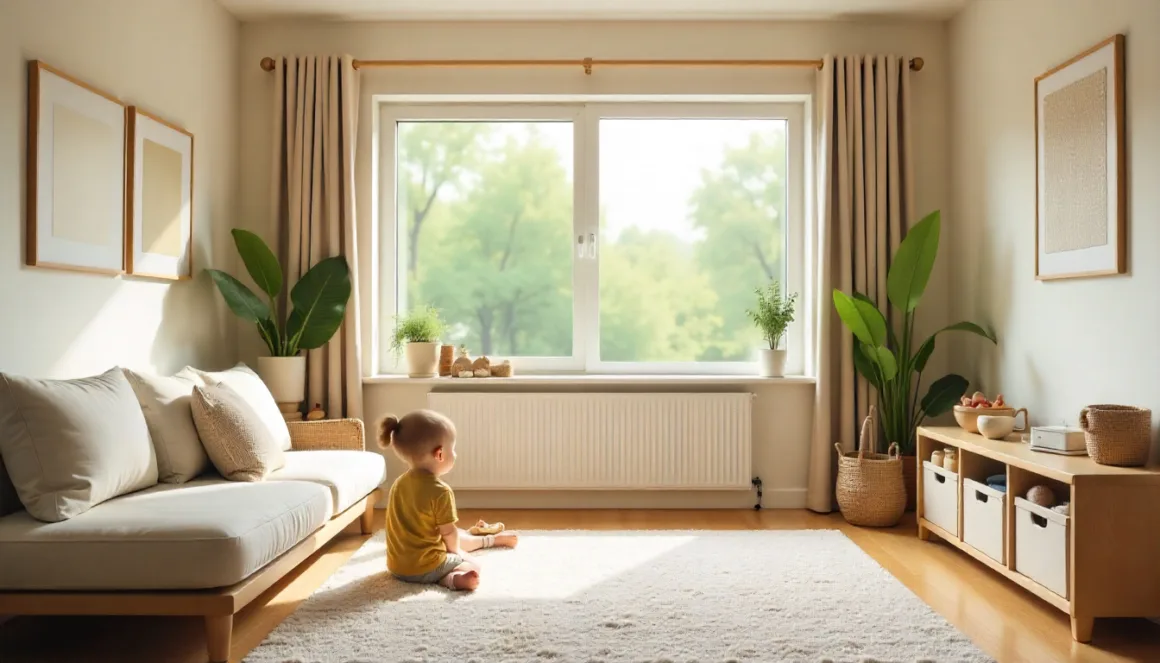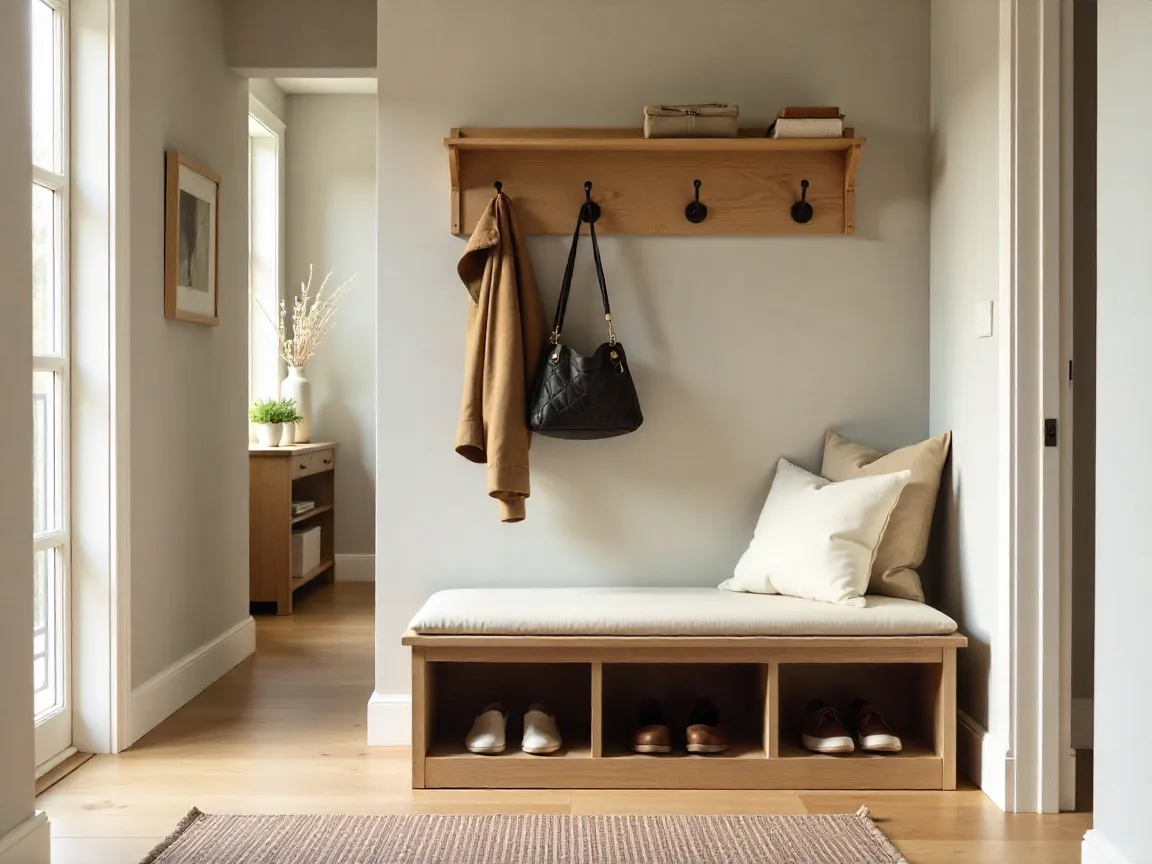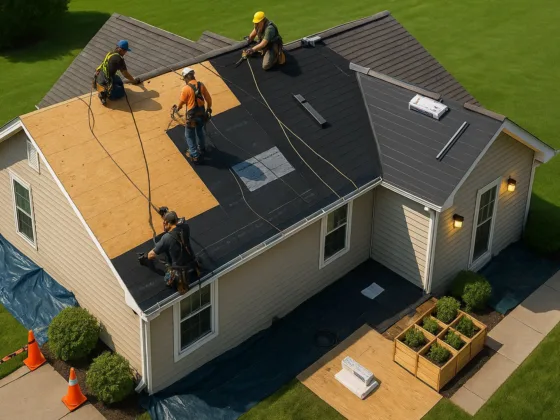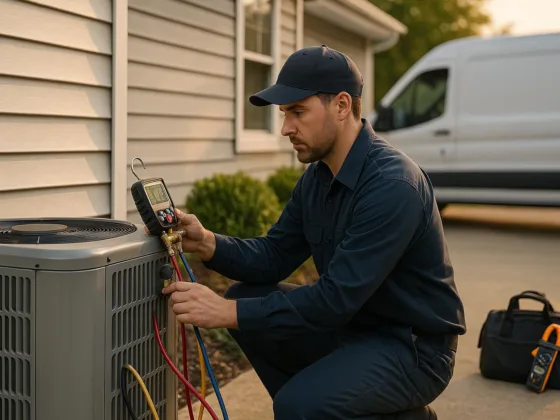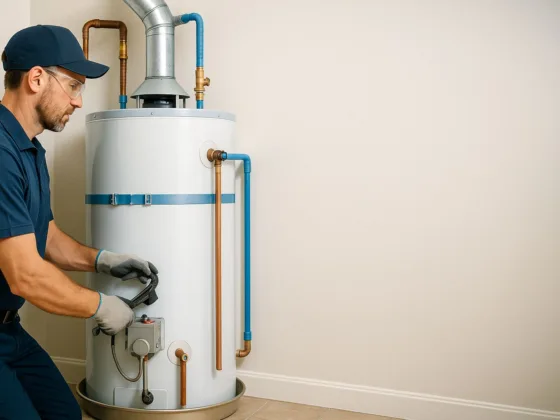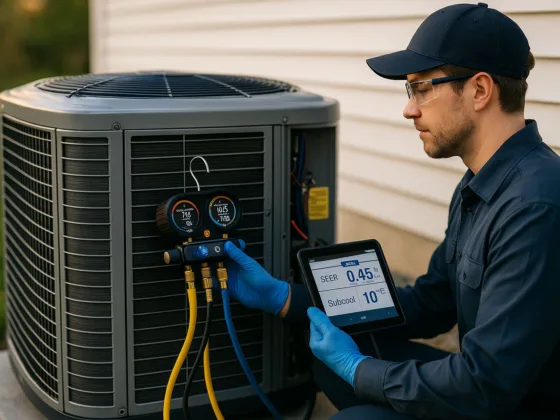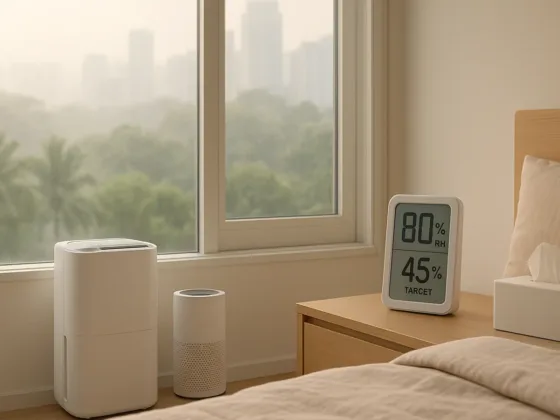Table of Contents Show
Keeping a house neat with kids isn’t always easy—and that’s OK. With dropped toys, little socks, surprise snack messes, and backpacks, chaos reigns supreme. But having a livable, workable home isn’t about achieving some ideal, spotless space. It’s about cultivating easy habits, kid-friendly systems, and routines that support your family’s real life. Below are realistic, experience-tested strategies to help you maintain a cozy, functional space—one that grows with your kids.
1. Have a Place for Everything (And Show Kids Where It Goes)
Messiness often begins with confusion about where things belong. Designate a home for everything—trash cans for toys, coat hooks for bags, bookshelves for books. If your child understands where things belong, they’ll lend a hand more often. Physical reminders like picture labels on containers work great with toddlers. It’s a tactic early childhood educators and experienced parents count on.
2. Label Things That Children Can Understand
Labels make it easier to organize—on everybody’s end. Try a picture and words with every bin or drawer (e.g., a picture of vehicles on a toy vehicle bin). Color-coding bins for each child works too. It promotes independence and reduces mentions of, “Where does this go again?”
3. Invest in Multi-Purpose Furniture like Storage Benches
One of the more practical components in any family-friendly home is a storage bench. It serves as both a seat and storage for shoes, backpacks, or toys. Place one in a playroom or entry to keep things up off the floor. Parents love them for their practicality—hide clutter, keep items accessible, and save space, all in one.
4. Declutter Often, Together
Children grow quickly—and so do their belongings. Make it a habit to declutter every few months. Let your children participate: ask what they still use or enjoy. It builds decision-making skills and gives them ownership over their space.
What We Do at Home: We live with a simple rule—if a new toy comes in, an old one goes out. It keeps things balanced without appearing to be so rigid.
5. Integrate Cleaning into Playtime
Try a 5-minute clean-up race timer. Or make up a silly clean-up song that you sing together. Turning chores into games builds long-term habits while reducing power struggles. According to child development experts, playful cleaning increases participation and positive attitudes.
6. Create a Routine Schedule
Consistency helps children know what to expect. Assign a regular tidying-up time: after playtime, at bedtime, or before lunchtime. Even 10 minutes a day will keep mess and stress to a minimum. Chore lists with pictures are also useful with young children.
7. Store Cleaning Supplies in Reach (and Away)
A small kit with gentle sprays, microfiber cloths, or safe wipes in key rooms can make quick cleanup chores easier. Just ensure they are not within the grasp of small hands. When tools are close at hand, parents are more likely to tackle messes early and model responsibility.
8. Baskets Are Your Best Friend
Keep a basket in each main living space. They’re perfect for quick pickups before guests arrive—or when you just need to clear visual clutter fast. Woven baskets also double as attractive decor.
9. Turn Those Toys Instead of Stacking Them
Kids don’t need to play with all the toys simultaneously. Too many options overwhelm rather than inspire. Store some toys away and rotate them weekly.
Pro Tip: Busy Toddler recommends toy rotation to support focus, creativity, and reduce clutter.
10. One Cleaning Skill at a Time
Begin with small habits—putting away toys before moving to folding laundry. Teaching skills step-by-step builds confidence and keeps frustration low. Celebrate little wins.
11. Choose Furniture That Is Good for You (and the Kids)
Choose functional pieces: drawers in coffee tables, storage bins in cubes, pull-out drawer beds—or a storage bench that works as a seating area and hidden storage. Prioritize safety with soft-close lids and rounded corners.
12. Giving Children Ownership of the Process
Get your child to help clean up after they are finished with an activity. It doesn’t have to be perfect—just consistent. When children feel included, they’re more invested in keeping their spaces tidy.
13. Hook at Their Prime
Hooks aren’t just for adults. Include some at child-level so they can hang up their coats, backpacks, or towels without help. Pegboards are also excellent in homework or craft centers. You can pair these with a storage bench for a complete entryway drop zone.
Montessori-inspired: Kids are more likely to participate when they are included in the thought process behind their space.
14. Set Yourself Free from Perfection
It’s OK if your house isn’t ideal. Parenting includes some messiness. Focus on what works for you and your family. There’s no reason a home that’s clean and organized needs to look like a magazine in order to feel peaceful and workable.
15. Celebrate Effort with Positive Feedback
Positive reinforcement can work wonders. Use praise, stickers, or an extra bedtime story to reward consistency. Encouragement creates a natural reward loop that helps habits stick.
Frequently Asked Questions
Use bins with picture labels, child-height hooks, and predictable routines. Keep only a few toys out at a time.
Start small, make it fun, and build consistency. Praise effort, and turn tasks into games when possible.
Every 1–2 weeks works well for most families. It keeps kids engaged and helps reduce clutter.
Conclusion
A spotless home with kids isn’t perfect—it’s a home where your family feels comfortable, uplifted, and just a little more in control. Reality doesn’t look neat and tidy and that’s where its loveliness begins. Small, frequent efforts—like using a storage bench, rotating toys, or involving your child in routines—add up to a calmer, more organized home in the long term.
Related Resources:
